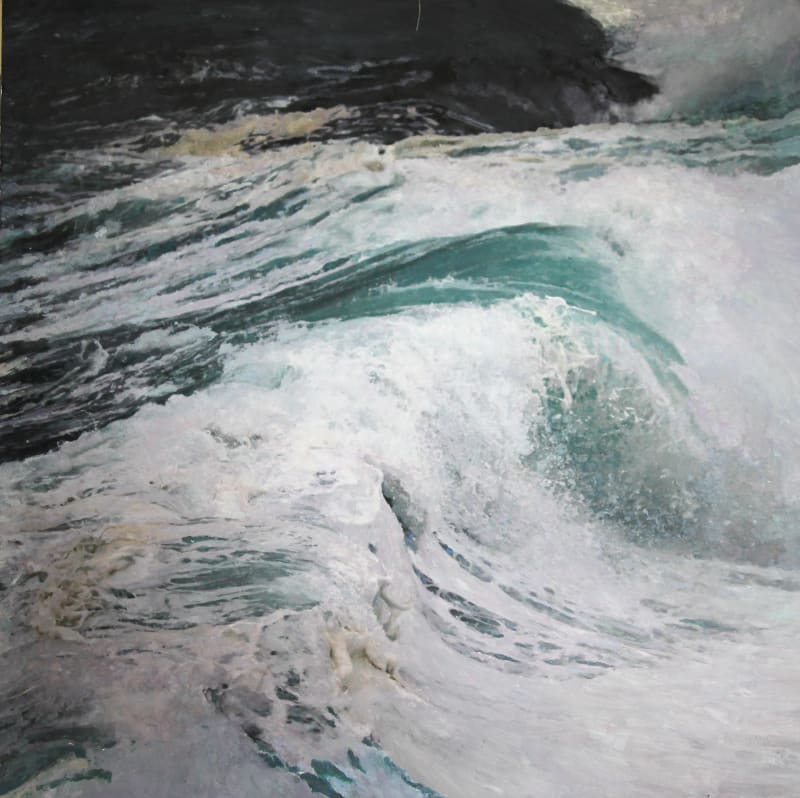Tatha Gallery presents an exhibition featuring the unique work and inspiring combination of three contemporary Scottish artists Dawnne McGeachy, Matthew Draper and Helen Glassford on 23rd June. Elements will feature 40 paintings and pastels celebrating the Scottish Landscape.
The Scottish land and sea runs freely through the work and lives of these three artists. It is in their blood. They all have a deep connection with their muse as they react to the elemental forces of nature. This is celebrated with their unique paintings and pastels as they take the mind to wild, forgotten and far off places. They paint the elements of 21st Century escapism and pleasure.
The places people wish to go on holiday, the places in our daydreams and memories; wild coasts, mountain lochs and time spent soaking up the essence of wild beaches. They convey the imaginary, the symbolic and the real.
Dawnne McGeachy’s captivating and powerful paintings of the sea reflect her fascination, fear and respect for the ocean. As with our human relationship with waves and stormy seas there is mesmeric quality to her painting. So truly captivating you can almost hear the waves crashing on the shore.
As a child Dawnne was immersed in the Scottish fishing industry, her father, uncles and cousins were all fishermen.
“I guess I was always fascinated with the anatomy of waves and how they were formed. I wanted to understand what my dad was going out in, and it became a lifelong obsession. When I was little, my dad would go out to sea on a Sunday night. I was very aware of the weather, more than other children. I would think about how the wind impacts the sea, how it makes the waves grow big. The sea was a beautiful thing, but also a thing you had to respect and be-careful of. As the child of a fisherman, I was aware of what the sea gave but also what it was capable of taking away.”
Matthew Draper’s dramatic mountain and cityscapes are atmospheric and powerfully immersive. Working with pastels requires a direct and intense immediacy, building up soft almost velvet like layers that draw you in with their suffused luminosity. Work seeped in the history of the land and influenced by dramatic and romantic imagery of Eighteenth and Nineteenth Century painting resulting in sublime tonal work that immediately touches the senses.
Helen Glassford’s interest and attention to the links between landscape and abstraction has weaved its way with fluctuating emphasis through her ideas and practice for 20 years. In her oil paintings there are strong influences to be found; the effects of the elemental nature of the wilds of Scotland and then there are times that the American Expressionists exert their importance upon her psyche. There are periods of restraint where simplicity serves a purpose with a nod to Malevich concepts of saying more with less. DY Cameron also has a lot to answer for, often reminding her about the realities of form. But like Joan Eardley and Frances Walker the rhythms of the land and sea time after time pull her back to a place where she is most at ease. There is no correct way of ordering the influence son her ever-developing practice. They could be considered an amalgam, or a cacophony, or at best perhaps a balance of moments. It begins with her relationship with the remote areas of Scotland; locations so physically and geographically powerful and intense that it’s hard not to be affected by the spirit of place. There’s a solace to be found in the edges, the margins, the hills and the coasts, and she quite contentedly acknowledges the romantic Victorian visions of the gloom and the glory found in the grandeur of the hills.
